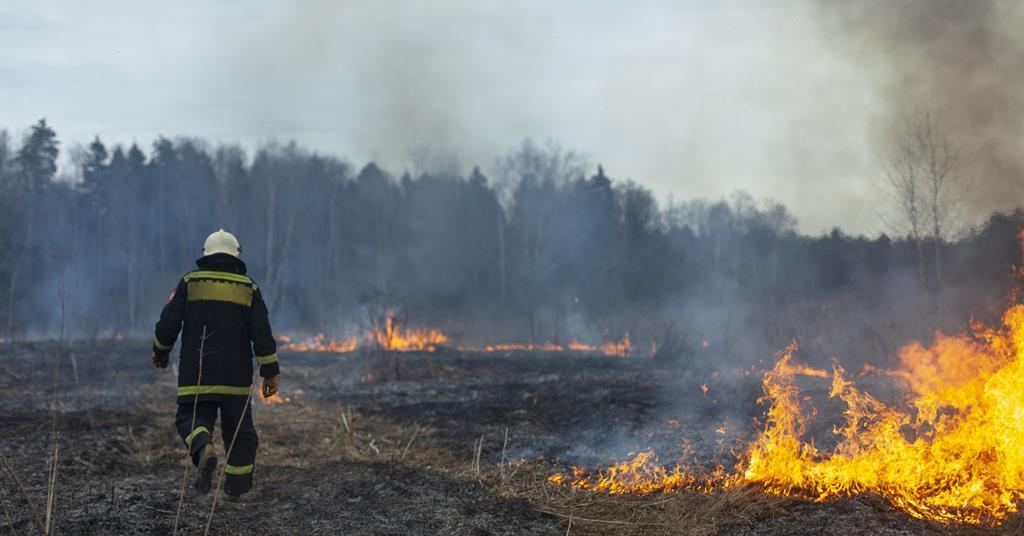As wildfires have only recently been considered a material peril, the modelling is not as developed

Damage from large wildfires in Europe has jumped dramatically, with a 75% increase in the amount of land burnt in the latest year, shows analysis by Chaucer.
In 2020, 787,130 hectares of land were burnt across 35 European countries, up from 450,250 hectares in 2019.
It comes as fires continue to rage across many parts of Europe, including France, Spain, Hungary, Croatia, Portugal and Crete, causing damage to properties and a number of popular tourist destinations.
A new weather record has been set in Portugal, with 47C recorded in the town of Pinhao.
Climate change, urbanisation drives exposure
Ellen Gyandzhuntseva, head of Exposure Management at Chaucer says: “The significant increase in land destroyed by wildfires is creating a challenge for the industry.”
“Climate change and shifting demographic patterns are making wildfires more dangerous. Until modelling becomes more sophisticated, and the risk is better understood, wildfire risk in Europe will be difficult to adequately price.”
While much attention has been paid to the impact of climate change on wildfires in North America, European wildfires have also been increasing in frequency and severity as a result of climate change and urbanisation.
Higher temperatures have increased the risk of fires starting on the continent, whilst drought-like conditions from dry soil are also making it easier for wildfires to spread rapidly.
The abandonment of traditional agriculture in Mediterranean countries has contributed to a build-up of vegetation, resulting in increased size and severity of fires. As Europe is a densely-populated continent, the potential for material losses to property are considerable.
The fact that forest management practices have not kept up with evolving trends has made efforts to suppress wildfires considerably less effective, leading to more damage being caused.
Lack of models a challenge for underwriters
Modelling capabilities of wildfire risk in Southern Europe are less advanced when compared to the US and Canada.
As a result, (re)insurance companies are having to rely on internal methods for assessing risk rather than probabilistic hazard models. Although the industry has started to see some broker-led initiatives and solutions.
As wildfires have only recently been considered a material peril, the modelling used to predict behaviour is not as developed as that of other natural catastrophes, such as hurricanes.
The high number of variables that influence wildfire behaviour, such as weather patterns, fuel, property characteristics , topography (orientation towards the sun and land gradient, for example), also make patterns difficult to predict.
The countries which saw the largest increases in amount of land burnt in the past year include Bosnia & Herzegovina (246%); Croatia (130%); Italy (36%) and Greece (34%). A single fire in Bosnia and Herzegovina resulted in over 8,000 hectares being burnt.
Gyandzhuntseva says: “Wildfires have only become a major priority as a peril relatively recently. However, given the increase in frequency and severity, losses are beginning to mount. We have already seen some (re)insurers begin to limit their exposure as a result.”
Source: globalreinsurance.com